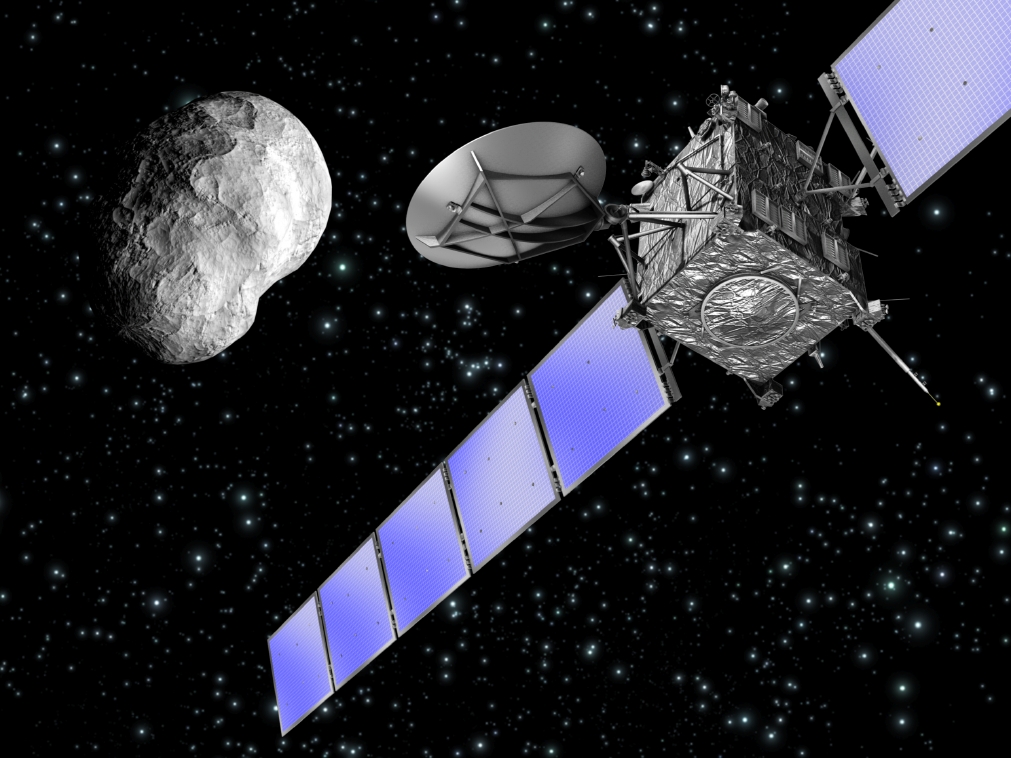Weekly Science Picks

Welcome at the end of one more exciting and this time, we could say, historically amazing week. Namely, these days we are witnessing a highly interesting ESA’s mission called Rosetta. For such a reason, this week’s review will be dedicated to that mission and some space science and industry stories. So, let’s go through the top news of this week.
Are we sending aliens the right messages?
By broadcasting formulae of aromatic chemicals, she says, aliens could reconstruct all sorts of whiffs that help to define life on Earth: animal blood and faeces, sweet floral and citrus scents or benzene to show our global dependence on the car. This way intelligent life forms on distant planets who may not see or hear as we do, says Paterson, could explore us through smell, one of the most primitive and ubiquitous senses of all.
Philae lander sends back first ever image from comet
The picture shows the cracked, bumpy surface in monochrome, with one of Philae’s three legs in the bottom left of the frame. It is not yet clear whether the leg in the image is actually touching the surface. What is certain is that Philae is not level, and may be wedged into a pit.
The Adventures of Rosetta and Philae
The giant antenna dishes of the Canberra Deep Space Communication Complex are supporting the European Space Agency’s Rosetta spacecraft, relaying data that the refrigerator-sized Philae probe has commenced its descent to the unknown surface of Comet 67-P Churyumov-Gerasimenko.
Intergalactic ‘wind’ is stripping galaxies of star-forming gas
Astronomers have provided the first direct evidence that an intergalactic ‘wind’ is stripping galaxies of star-forming gas as they fall into clusters of galaxies. The observations help explain why galaxies found in clusters are known to have relatively little gas and less star formation when compared to non-cluster or ‘field’ galaxies.
These would be all for this week. Thank you so much for your attention. We are coming with new stories soon!
 Follow
Follow